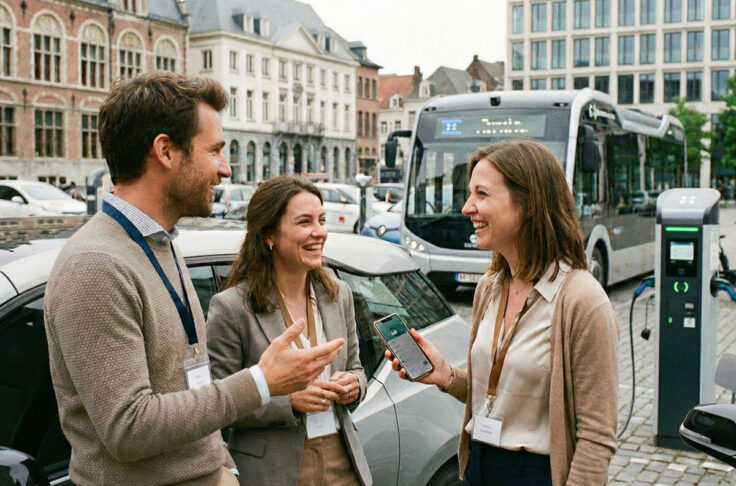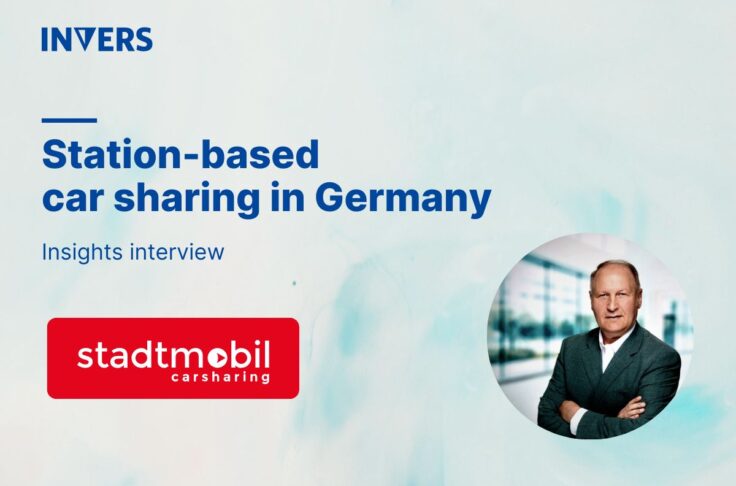Defining Urban Mobility
Summary
The growth of shared mobility services is making it easier and easier for people to shift away from private vehicles. With all these options out there, simple yet self-explanatory terms are needed to help people understand what new mobility service is best for their trip purpose. We introduce the terms intra-urban and extra-urban mobility.

Landscape of Urban Mobility
The shared mobility ecosystem is bursting with new mobility services that continue to fill gaps found in a city’s transportation network. With more and more options becoming available, it can be easy to lose track of the main purpose of all these services – to reduce reliance on personal vehicles and to make shared modes the norm, whether that be carsharing, scooter sharing, or ride-pooling.
It’s also important to remember that these shared modes do not compete with each other. Instead, each form of mobility serves unique use cases that best suit the purpose of travel. As a result, having a portfolio of options and being multi-modal is key to maintaining a healthy and well-running shared mobility ecosystem.
That being said, people need to appreciate the whos and whats behind choosing the right mobility service, and how it can help them get from A to B. This starts by understanding how shared mobility services are categorized and when it’s most suitable to use that type of service.
Shared mobility is filled with terms that are often used interchangeably, making it difficult to have clarity on what these words mean. Terms like micromobility, ride-sharing, and mobility-as-a-service float around different conversations without much consistency. This becomes a problem when people are trying to transition away from their private vehicle and are overwhelmed at all these different options.
Urban Mobility Classification
At INVERS, we spent time thinking about what is the best way to categorize all these types of shared mobility services. We found that different modes can be categorized into two overarching types of modes in the shared mobility ecosystem. By using these one can easily understand and make sense of how to best use different types of new mobility services and become more multi-modal in day-to-day travel.

Intra-urban mobility:
The use of shared vehicles for trips made within city limits
- This type of trip is best supported by compact vehicle types such as scooters and mopeds, which enables a rider to avoid traffic congestion
- Intra-urban trips are typically shorter in duration and length, meaning trips can be easily made with free floating carsharing or ride pooling
- Electric fleets are more common due to the shorter trip distances, reducing people’s range anxiety
Extra-urban mobility:
The use of shared vehicles for trips going out of and returning into the city
- This type of trip is best serviced by round-trip sharing models due to the nature of the trip
- Extra-urban trips are typically made by a full-sized shared vehicle, and can take the form of station-based carsharing or automated rentals
Examples
Here’s how the terms apply: Cheryl is a part-time consultant who works from home to take care of her children. Cheryl and her husband Kody have a good schedule worked out between them – when Cheryl needs to see clients, Kody works from home, otherwise Kody will be at his office or out seeing his clients. Together they share one vehicle, which works out most of the time.
There have been times when their schedules overlap and they have a conflict. One time the children had a field trip that needed last-minute drivers, and Kody had an important meeting lined up already. Cheryl’s schedule was free, but she didn’t have a car to use. Fortunately, Cheryl was part of a local round-trip carsharing organization, so she just rented one of those.
Another time Kody had forgotten about his dentist appointment, and was running late. Even though the dentist’s office was only a few kilometers away, all the road construction and traffic would have made running his best bet. However, he found a shared kick scooter right outside his building, so he opted to use that instead of getting all sweaty.
This example illustrates more clearly how different modes are best suited for different purposes. Cheryl’s trip falls under extra-urban mobility because she was making a longer distance trip that starts and end at the same location (in Cheryl’s neighbourhood). Kody’s trip was intra-urban mobility because he didn’t need to go far and the trip was easily made by a lighter type of vehicle. Making the same trip by a car would not have made sense from a time, cost, and environmental perspective.
Conclusion
In order to make urban mobility more about shared modes instead of private, we need to better communicate and understand the strengths of different trip types and what is the better choice. Here is a chart that more clearly outlines intra- and extra-urban mobility.
With all these choices, it is becoming more and more easy to shift away from private vehicle ownership. Regardless if your next trip is intra-urban or extra-urban, we hope you will choose the option that is most suitable for you.
If you are interested in updates on the latest shared mobility insights and reports, sign up for our newsletter.


